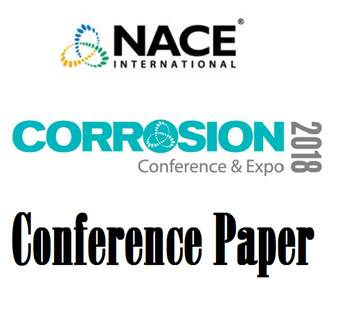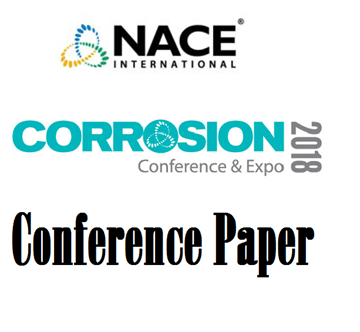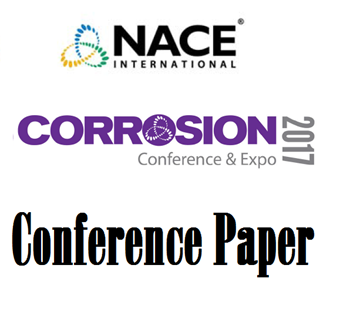Search
Products tagged with 'nuclear'
View as
Sort by
Display
per page
09090601 Condition for Lead-Induced Corrosion of Alloy 690 in an Alkaline Steam Generator Crevice Solution
Product Number:
32141-09090601-SG
ISBN:
09090601CJ
Publication Date:
2009
$13.00
51318-10516-Properties of Brines formed by Deliquescence of Sea-Salt Aerosols
Product Number:
51318-10516-SG
Publication Date:
2018
$20.00
51318-10530-The Nuclear Energy Agency Contribution to Nuclear Materials Performance Knowledge Preservation
Product Number:
51318-10530-SG
Publication Date:
2018
$20.00
Development And Application Of A Thermochemical Database (MSTDB-TC) To Modeling Corrosion In Molten Salt Reactors
Product Number:
ED22-17137-SG
Publication Date:
2022
$20.00
Diffusion Limited Oxidation of XLPE Nuclear Electrical Cable Insulation
Product Number:
ED22-17263-SG
Publication Date:
2022
$20.00
Evaluation Of Copper Catalytic Effects In Cable Insulation Polymers
Product Number:
ED22-17260-SG
Publication Date:
2022
$20.00
Examination Of A Ferritic Martensitic Steel Following Irradiation And High Temperature Water Corrosion
Product Number:
51322-18127-SG
Publication Date:
2022
$20.00
Hydrogen Cracks in Belgian Nuclear Reactor Pressure Vessels: Five Years After Their Discovery
Product Number:
51317--9457-SG
ISBN:
9457 2017 CP
Publication Date:
2017
$20.00
Life Beyond 80: Can Concrete Degradation’ Synergetic Modes Become Showstoppers for Light Water Reactors?
Product Number:
ED22-17261-SG
Publication Date:
2022
$20.00
NACE Publication 41013-2013-SG, "State-of-the-Art Report: External Corrosion, Assessment and Control of Buried Piping Systems in Nuclear Power Plants"
Product Number:
24252-SG
Publication Date:
2013
$109.00
SP0515-2015-SG, “Implementing Nondestructive Evaluation Technologies to Evaluate Buried Pipe in Nuclear Power Plants”
Product Number:
21196-SG
ISBN:
1-57590-317-2
Publication Date:
2015
$109.00
Stress Corrosion Cracking Behaviour Of Thermally Aged Alloy 182
Product Number:
ED22-17291-SG
Publication Date:
2022
$20.00
- 1
- 2












